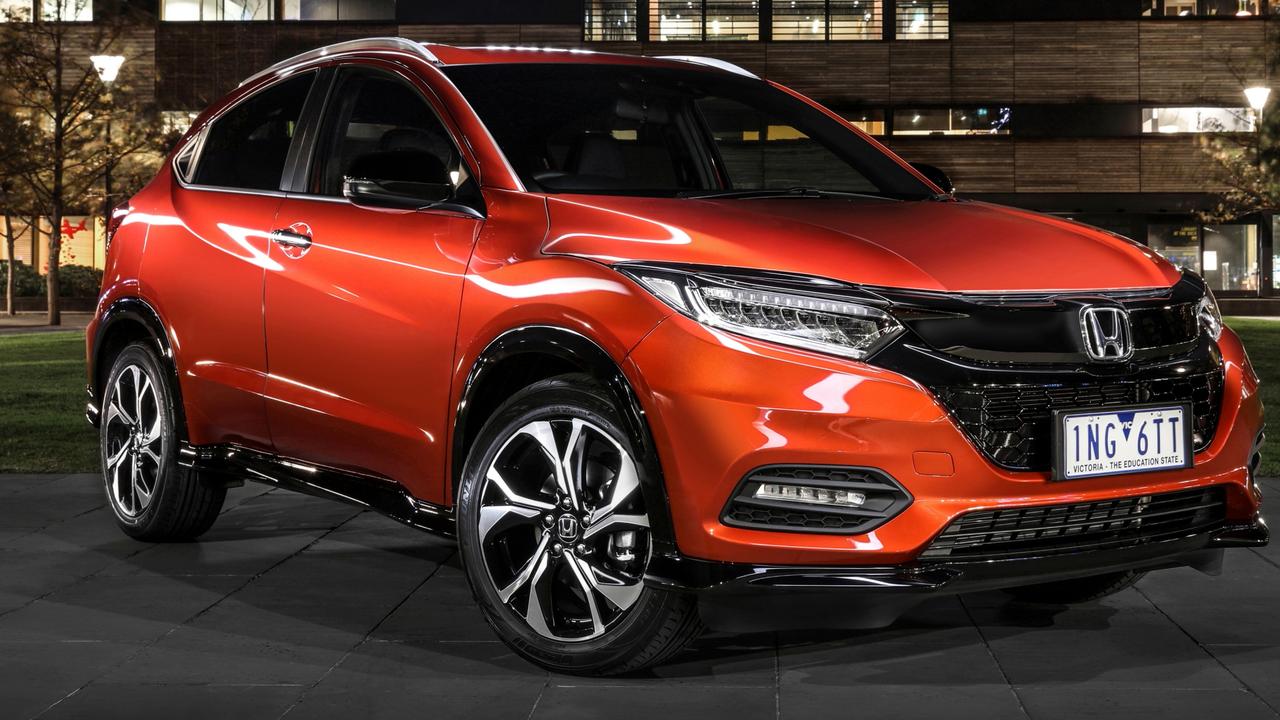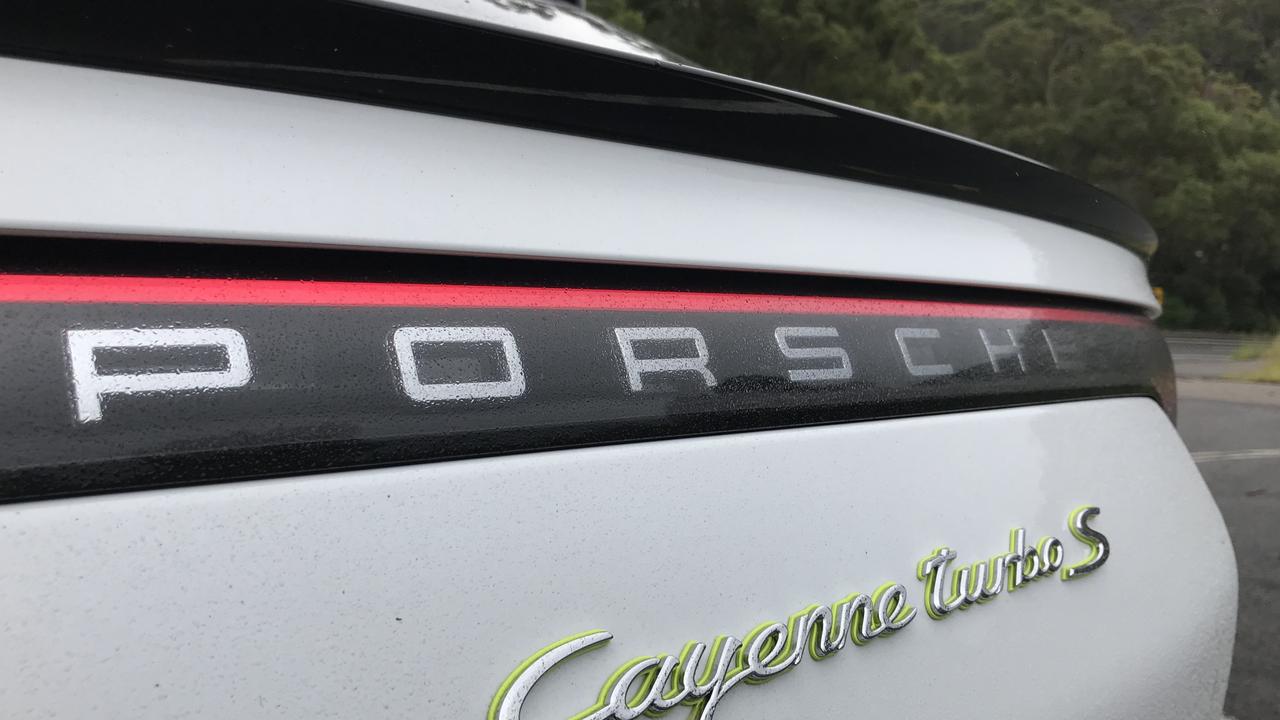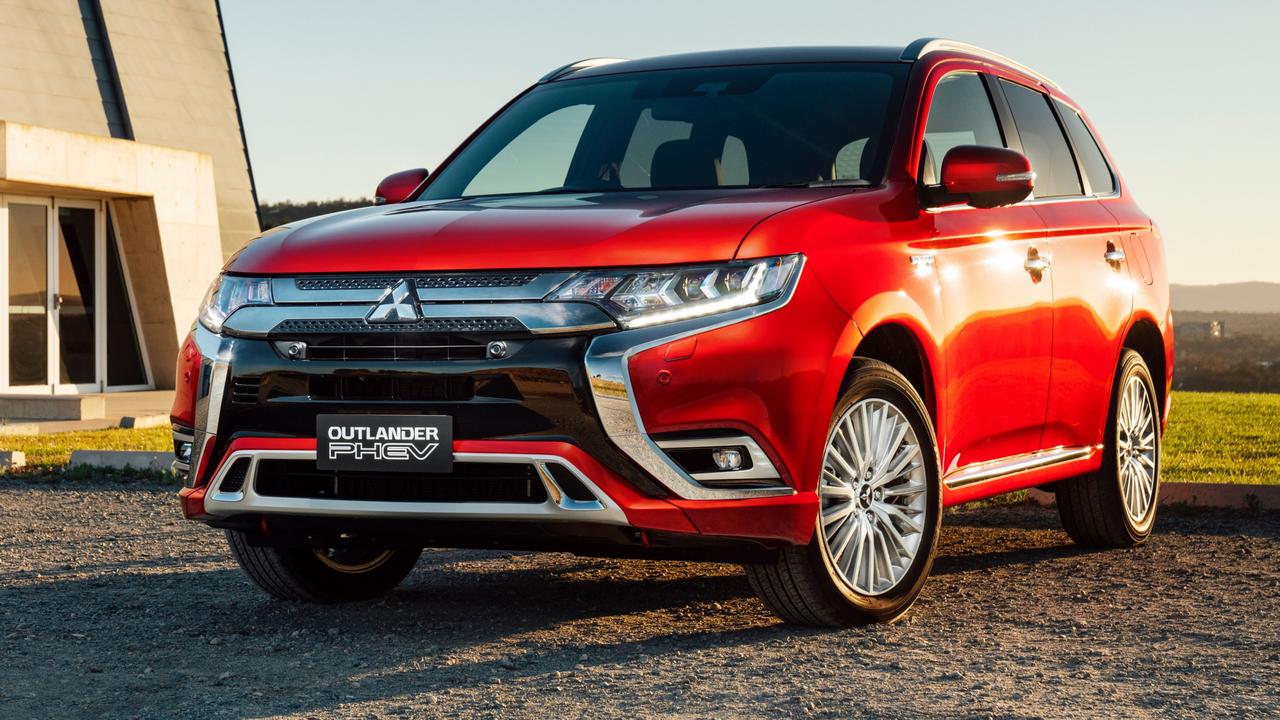The Alpine 110 is a sports car you’ve probably never heard of
The badge on the nose is one to test the trainspotters but this cracking sports car is one of surprise packets of 2017.
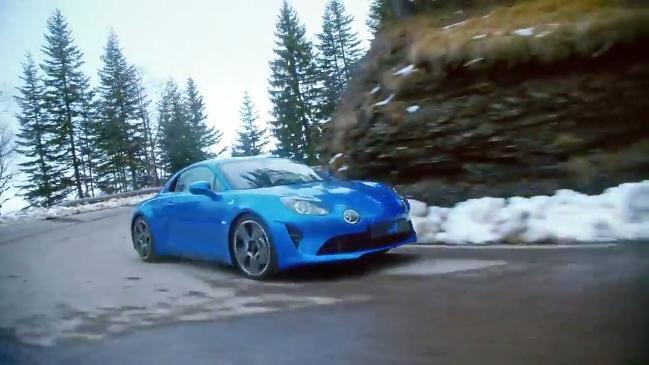
As a rule, great cars aren’t made by brands you’ve never heard of. But the A110 is different. Expertly engineered and superbly styled, this petite sports car from France is just brilliant to drive.
The badge on its nose says Alpine. That name, to Aussies, is one that belongs on menthol cigarette packs or car audio systems. But they both are pronounced Al-Pine, while the car brand prefers to be called, French-style, Al-Peen.
However you say it, there’s history behind the name. It has great car-nerd cred. Alpine was founded in 1955 by Renault dealer and rally driver Jean Rédélé. The Frenchman enjoyed mountain races most, and so chose the name Alpine for his company.

Rédélé’s purpose-designed fibreglass bodies with rear-mounted Renault four-cylinder engines were good. In 1962 Alpine introduced the original A110, and improved versions of this car were successful in rallies for many years after. Alpine’s greatest moment was probably winning the World Rally Championship in 1973, beating Porsche and Ford, among others.
That was also the year Renault bought Alpine and its Dieppe factory in northern France. While the brand continued making rear-engine sports cars through the 1980s, Renault shut down production, and the Alpine brand, in 1995.
Then, in 2012, Renault decided it was time to relaunch. Five years later the all-new A110 is ready, made in the same Dieppe factory as the original. It’s scheduled to arrive in Australia around June 2018, wearing a price-tag between $90,000 and $100,00. At first there will be only two Alpine dealers, one in Sydney, another in Melbourne.

The design of the new A110 echoes the original, and so does its engine-in-the-back layout. But unlike old Alpines, the new one’s body is made entirely from aluminium.
It’s also a surprisingly international car. The pretty exterior is by Japanese designer Jun Okazaki, who worked for Mazda, Ford and others, before moving to France. The A110’s 1.8-litre turbo four is made in a Renault Samsung factory in South Korea and its body panels are stamped in Italy.
But the finished product sticks with the characteristics that made the original Alpine A110 a winner; lightness, agility, and enough — but not too much — power.
The new A110’s all aluminium body construction keeps weight down to a trim 1100kg or so before the driver climbs aboard. Classy double A-arm suspension is used both ends of the Alpine. The engine delivers 185kW and 320Nm, power and torque similar to hot hatches like the Ford Focus ST or VW Golf GTI. It drives the rear wheels through a seven-speed double-clutch transmission.
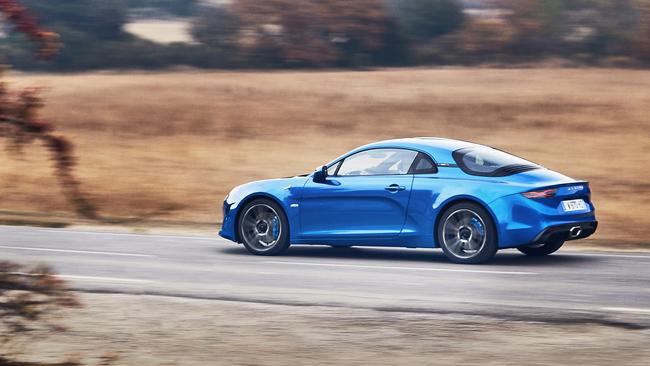
The team working on the new Alpine didn’t want to create a car like the hard-core Alfa Romeo 4C. Nor did they set out to make a rival for the more costly Porsche 718 Cayman. And the A110 has its own, very French, driving flavour.
Ride comfort is outstanding. There are some normal hatchbacks that don’t smooth bumps as well as the Alpine. Yet the A110 also has handling to make a keen driver smile. The steering is practically perfect; quick and not too heavy. The big brakes are equally impressive. Performance is brisk enough to be exciting, and the transmission is impressively smooth in the car’s Normal driving mode.

Whether on the road or a track, the A110 makes the journey huge fun. This is the kind of car that really talks to a sensitive and skilful driver. There’s a constant stream of information through the steering wheel and the seat of the pants. And in Sport and Track modes the exhaust system is uncorked to let the engine sing, though it’s more Satchmo than Pavarotti.
The A110’s seats are excellent. Alpine bought only the Premiere Edition version of the car to the international media launch in France but the same snug-fit Sabelt seats will come in the Pure equipment grade cars Renault Australia will import from mid next year.
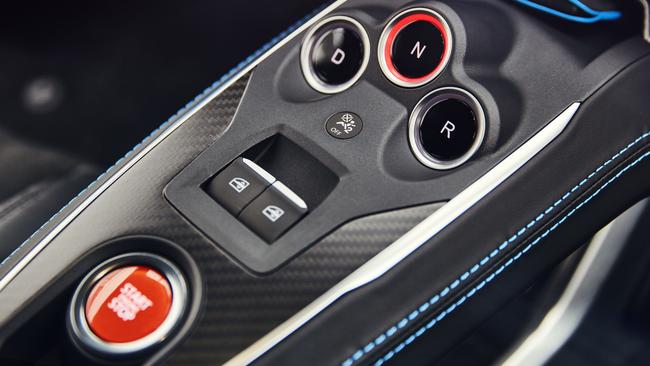
Though the seats are deep-dish, the low little Alpine is easy to get into. The driving position is fine and the steering wheel, with a big blue ‘A’ for Alpine in the centre, feels good in the fingers. The A110 is also more practical than some other sports cars, with a 100-litre front luggage compartment and a 96-litre rear boot.
There’s a touch of Ferrari to the D, N and R gear selection buttons in the leather-trimmed carbon fibre centre console, the LCD screen instrument display and the aluminium passenger footplate.

But the quality of plastic parts is nothing special, the infotainment screen is lo-res, and some expected convenience features — glovebox, reversing camera — are missing.
But the A110 does achieve exactly what its makers wanted. It brings a fresh and French flavour to the sports car segment, sure, but it also gets the brand no-one has heard of the attention it must have in order to survive.

